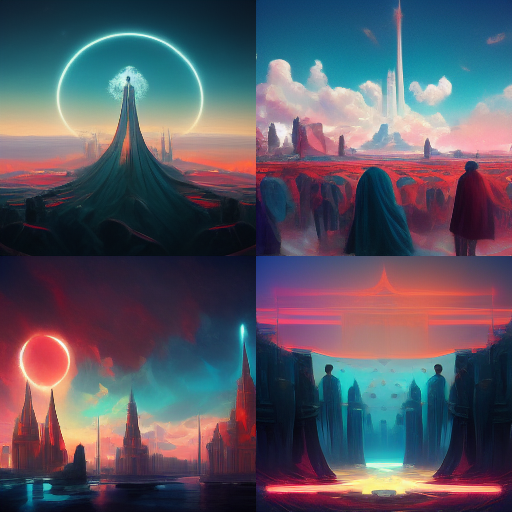Two of the biggest Metaverse WEB 3 applications would be Decentraland and the Sandbox.
Decentraland
The Decentraland application is designed to keep track of land plots identified by LAND tokens.
The software uses the Ethereum blockchain to keep track of who owns what digital real estate, and in order to interact with its ecosystem, users must possess its MANA token in an Ethereum wallet.
Additionally, developers are free to innovate on the Decentraland platform by creating the animation and user interface for their digital properties.
Decentraland’s architecture is made up of numerous layered elements created with Ethereum smart contracts. AKA a computer program that automatically executes actions according to the terms of the contract.
The consensus layer keeps track of who owns which land pieces in a ledger. Each LAND parcel has a specific virtual world coordinate, an owner, and a link to a description file that describes the contents of the parcel.
The SANDBOX
The Sandbox is pioneering one of the most ambitious metaverse projects complete with a robust economy and tools to sustain the ecosystem through user-generated content.
An engaged community is a crucial part of building a successful metaverse, and the Sandbox has no shortage of that. The Sandbox is still young in this competitive and rapidly growing space, but here’s how it works and why this metaverse has a bright future ahead of it.
By purchasing LAND NFTs, which are virtual land plots for hosting customisable games, producing experiences, hosting events, or pretty much anything else you desire, players may purchase a piece of the Sandbox metaverse. Only 166,464 pieces of LAND are available, making it exceedingly scarce. People can buy or rent it from one another, combine it with nearby LANDs to create ESTATEs, or sell it to other players. A well-known owner of Sandbox LAND is the rapper Snoop Dogg.
